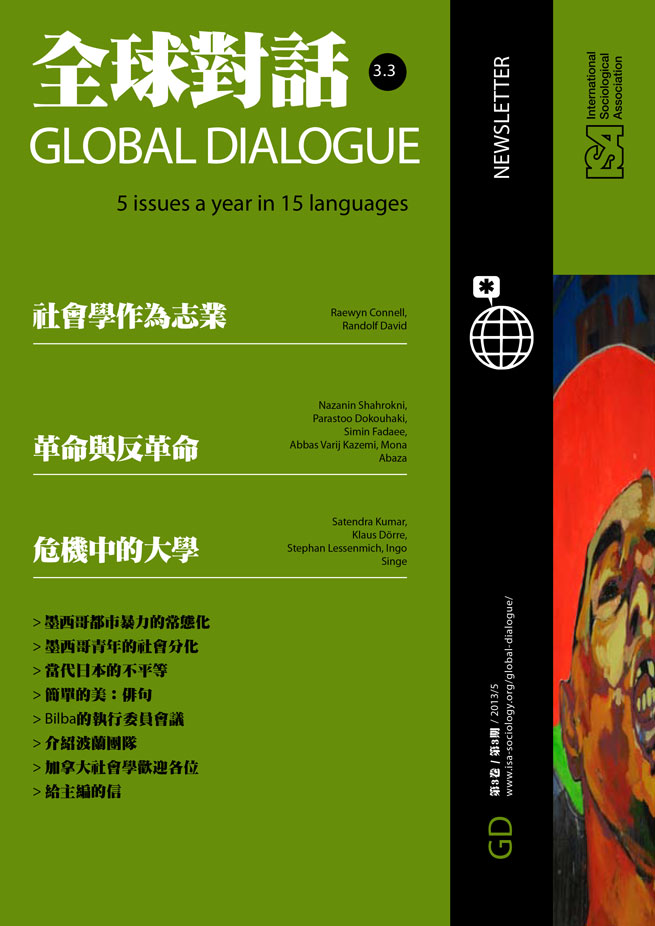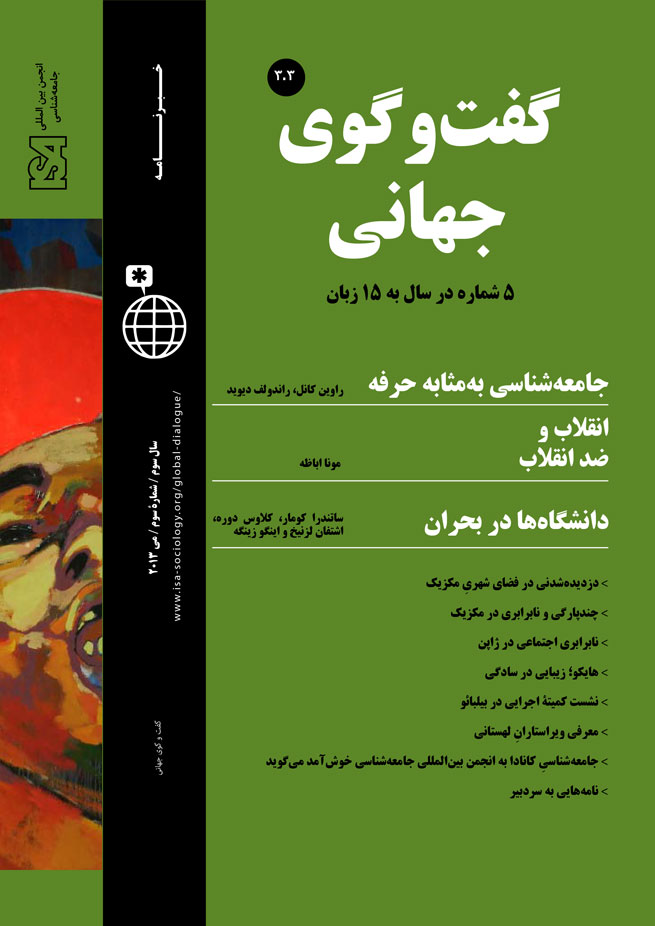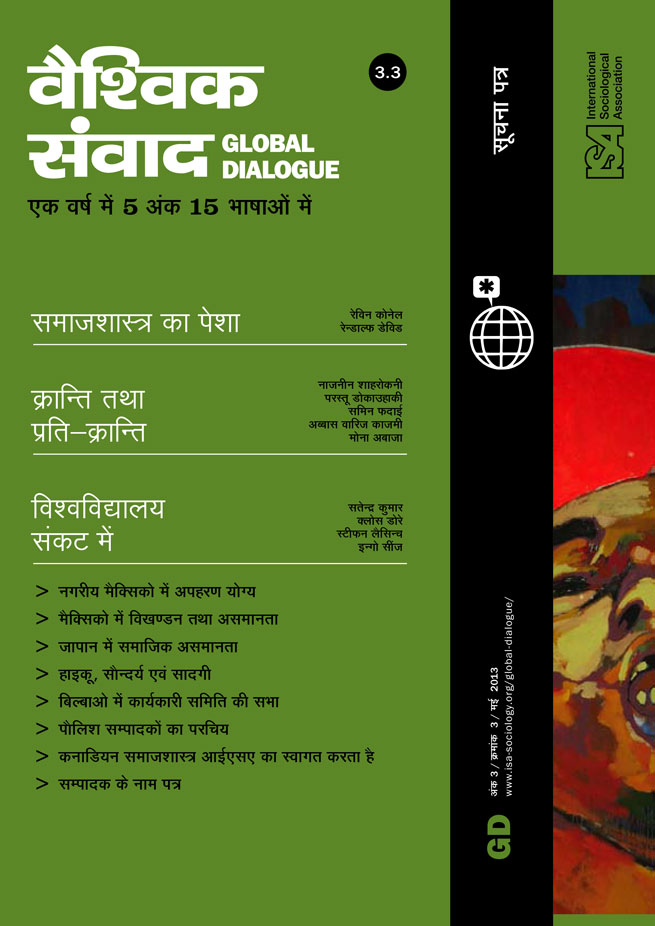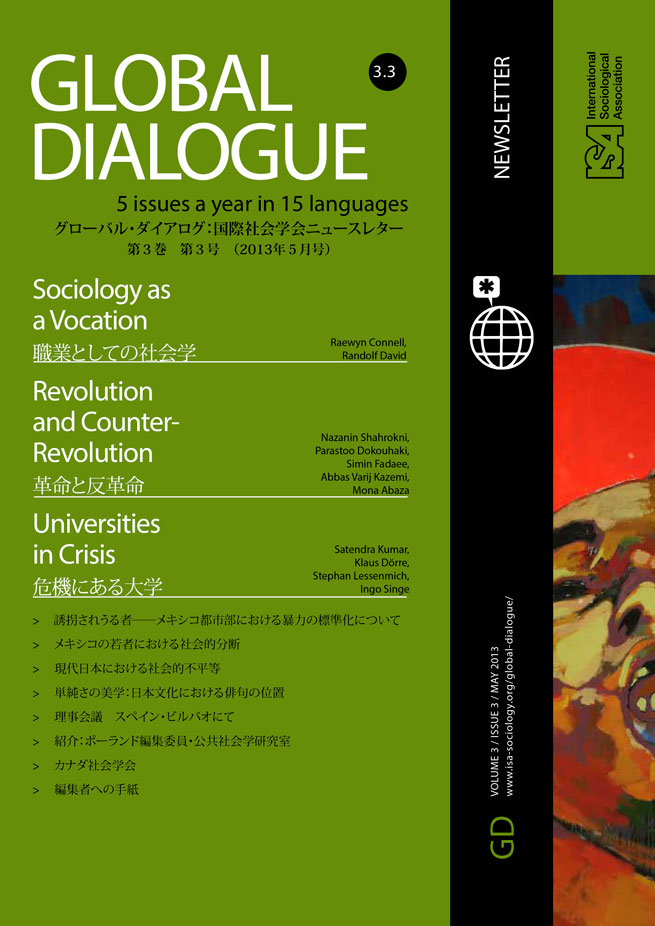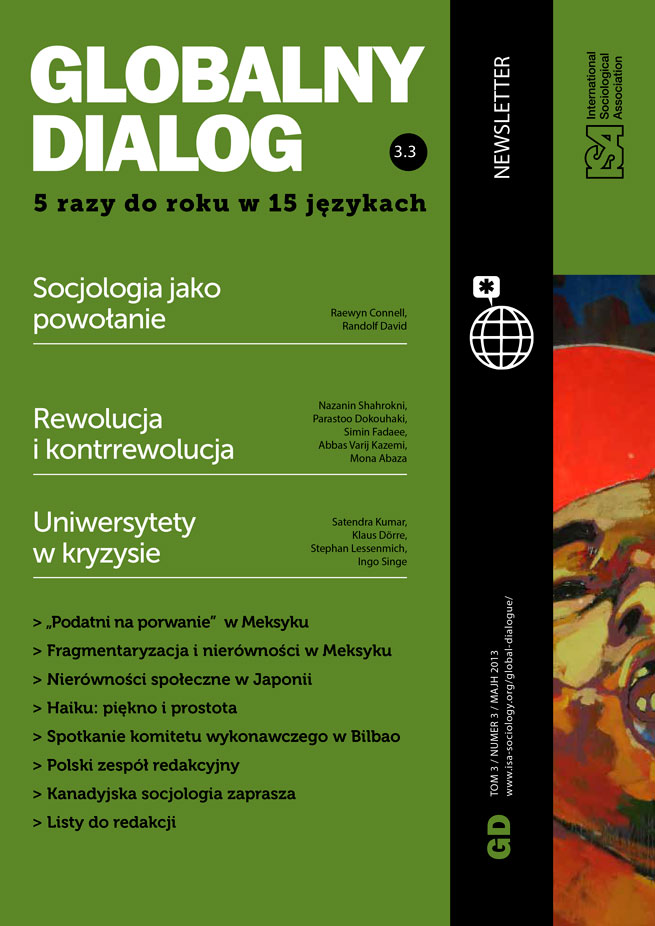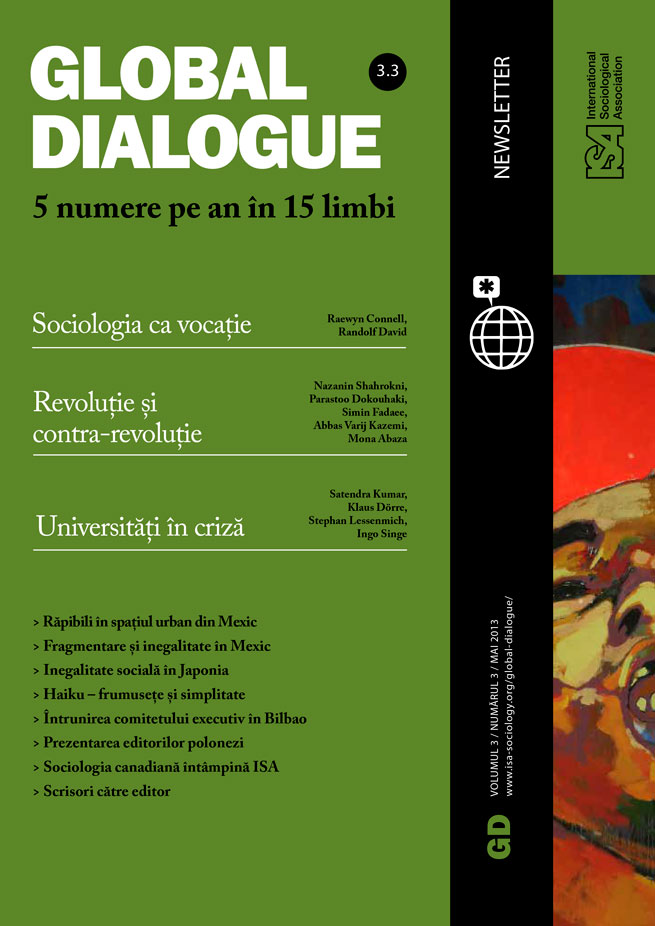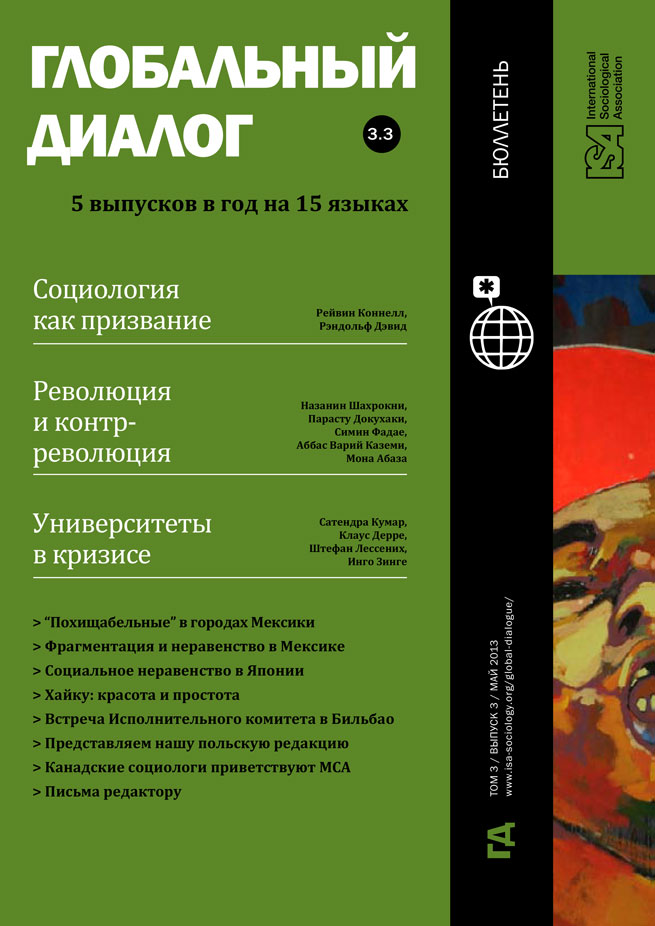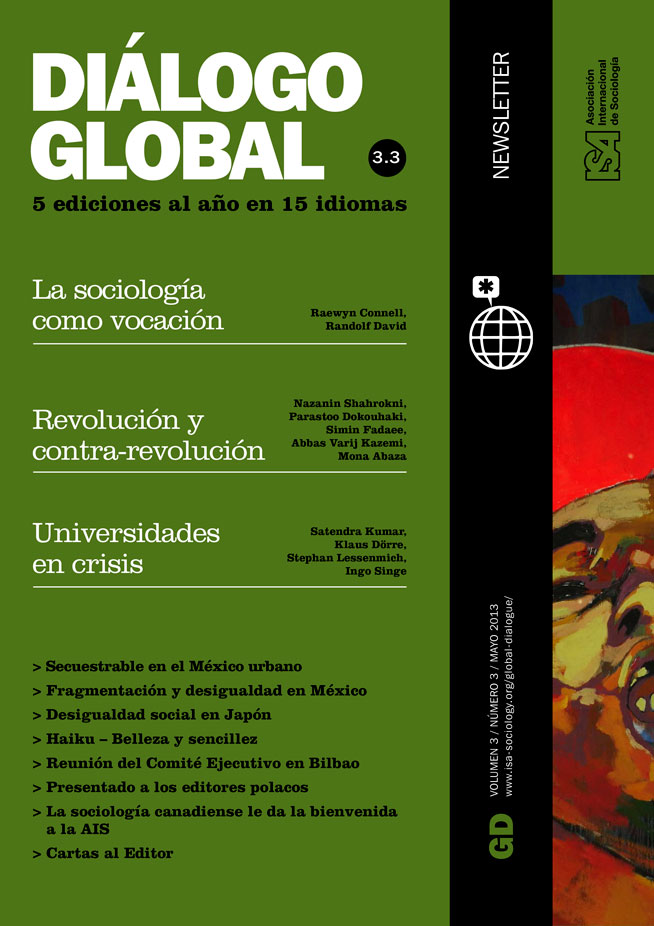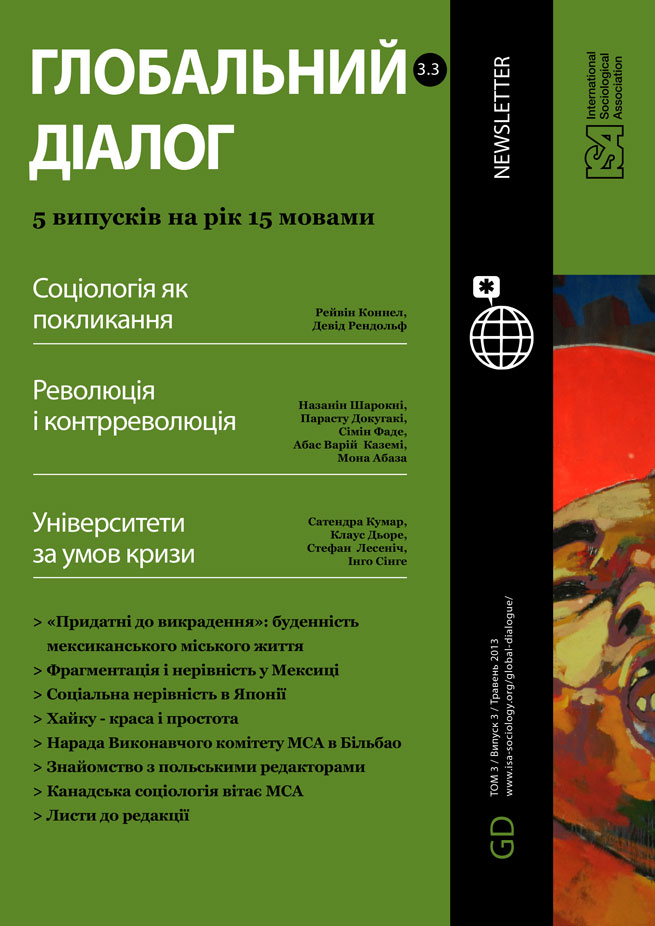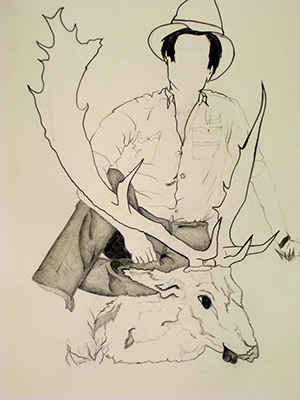Read more about Focus on Mexico
Social Fragmentation among Mexican Youth
by Gonzalo A. Saraví
April 28, 2013
Carolina took her seven-year-old girl to see Rapunzel in a movie theatre and deeply regretted it. For months to come, little Mariana kept bringing up her fear of having someone climb through her window to kidnap her. “I feel there are bad people out there,” she told her mother, who evoked this conversation during an interview with me sipping coffee on her balcony in a wealthy municipality of Monterrey, Mexico. “Yes, but you don’t have to worry about it,” she recalled telling her, “First, this is not a castle. Second, you do not have magic hair. Third, in those days, they had no gates, alarms, and her parents slept far away when we sleep next door to you.” It took a lot of imagination and work to reassure Mariana that she is always taken care of at school, at the gym, and with her cousins. “Fuck Disney,” Carolina concluded in rage, “Why are they making movies of children being kidnapped?”
The movie triggered a fear too many Mexicans experience today: the fear of being kidnapped. Once exclusive to the upper classes, kidnapping has become increasingly common across the class spectrum in cities such as Monterrey, an industrial hub of 4.5 million inhabitants located in northeastern Mexico. Once praised for its entrepreneurial spirit, Monterrey has made news headlines worldwide in recent years as a site of gruesome drug violence. Pictures of hanging bodies and descriptions of piles of decapitated corpses found in nearby highways have circulated the globe. Yet drug violence has exacerbated other forms of criminal violence that are just as detrimental for the local population and that are not making the headlines.
According to a recent study carried out by a think tank in Mexico City, kidnapping is the criminal activity that has the most impact on citizen perceptions of insecurity, even more than homicides related to organized crime (CIDAC, 2012). Official crime statistics are particularly unreliable in relation to kidnapping, as victims and their families are unlikely to report their case due to low trust in police enforcement and justice institutions, not to mention direct threats from kidnappers. Nevertheless, careful revision of available crime statistics and victimization surveys reveals rising trends in kidnapping rates both in Mexico and the state of Nuevo León, where Monterrey is located (México Evalúa, 2011). Here I examine one indicator of how kidnapping has become normalized in urban Mexico, by drawing from ongoing fieldwork into the ways increased violence is transforming everyday life in Monterrey.
You know violence is becoming normalized when it enters the realm of common language and daily practices. In terms of language, during the last two months I have begun to hear a linguistic innovation in response to increased kidnapping rates from people, at least, in the middle and upper classes. Individuals are beginning to define themselves as secuestrable or not, “kidnappable” in English. I heard this term for the first time on Friday, January 25, 2013 from a 43-year-old upper-class woman, Lucía, who had decided to put aside her fears and the fears of her family and visit their country home located on the outskirts of the city. The country home, a two-story house with a large pool surrounded by dozens of orange trees and guarded by a gardener and his family, had not been visited in over eighteen months due to criminal and military activity in the area. “My family thinks I should not come out here because I am kidnappable,” she told me once we got there, drinking beer and bearing her stomach to the burning sun. “Any of us can be caught in a cross-fire, this has already happened to me,” she added, “but that is not the worry out here, but rather that you’re so isolated that you can be kidnapped, because you’re kidnappable, they can ask money for you.”
The second time I heard this term was in the mouth of Santiago, a 28-year-old man living in a middle-class neighborhood. During our interview on Tuesday, February 26, 2013, he explained, “I know I am not kidnappable, my income is approximately 17,000 pesos a month, so it’s really enough for me but how much could I have in my bank account? If my income were 100 or 200,000 then I would feel kidnappable. My car is a discrete 2002 Cavalier.” The point about the car is crucial, as many Monterrey residents have changed their cars as part of a more discrete lifestyle. One such man sold a BMW to one of Santiago’s friends, which has led Santiago to worry about him. The friend insists it’s an old BMW that he bought for cheap, but Santiago tells him kidnappers will not know this. “They can kidnap you,” he recalled telling him, “and how are you going to pay?” So there is great concern not just about being kidnappable but also about appearing or not to be kidnappable.
In this context, the normalization of violence can be seen in the way the verb secuestrar (to kidnap) becomes an adjective. High kidnapping rates are constructing a new form of social classification in relation to crime, dividing the population into two groups: those who perceive themselves as at risk of being kidnapped and those who do not. Being kidnappable in this context becomes an integral characteristic of the self, capable of determining a series of consumption practices, schedules, work, and transportation strategies, which I am currently documenting.
“They don’t need to know these things are happening,” Carolina adds towards the end of our interview referring to her children. “I still want to protect them from this, to preserve this bubble, to preserve their childhood.” Carolina says she does not think she is kidnappable, but she is careful not to leave the wealthy municipality where she lives. She does not wear her Cartier watches anymore or drive a flashy car. She does not read the newspapers or watch the news on television. She rarely goes out at night and has tightened her social circle to her friends from school and her family. She is articulate about these shifts and seems starkly aware that as she tries to construct a bubble for little Mariana, she is also trying to construct a bubble for herself. Yet at the end of our interview, she adds casually, “I wonder how people live in war zones. How do they do it? How do they manage their anxiety? It must be awful.”
References
IDAC (2012) 8 Delitos Primero. Índice Delictivo. Centro Integral para el Desarrollo, A.C. México Evalúa (2012) Indicadores de víctimas visibles e invisibles de homicidios.
Ana Villarreal, University of California, Berkeley, USA
This issue is not available yet in this language.
Request to be notified when the issue is available in your language.
If you prefer, you can access previous issues available in your language:



